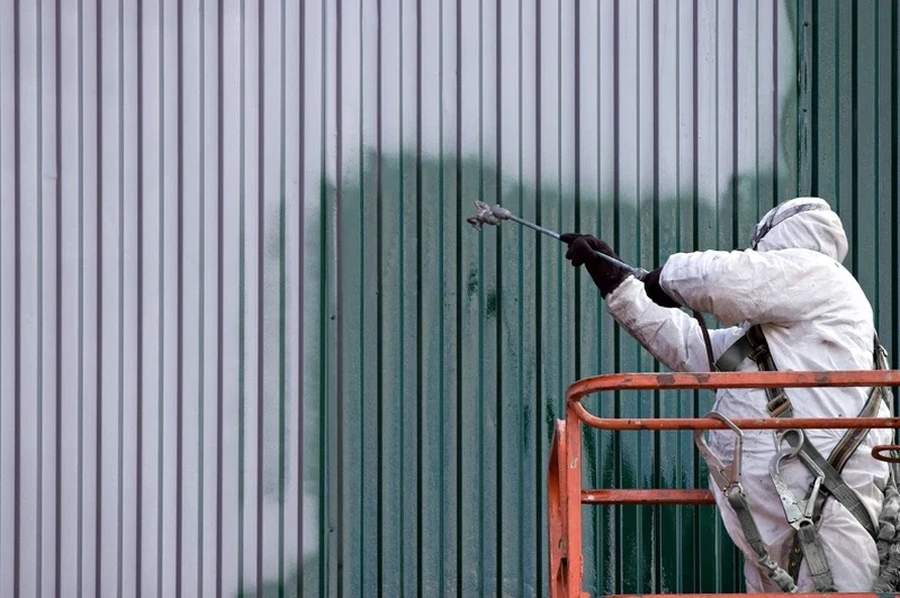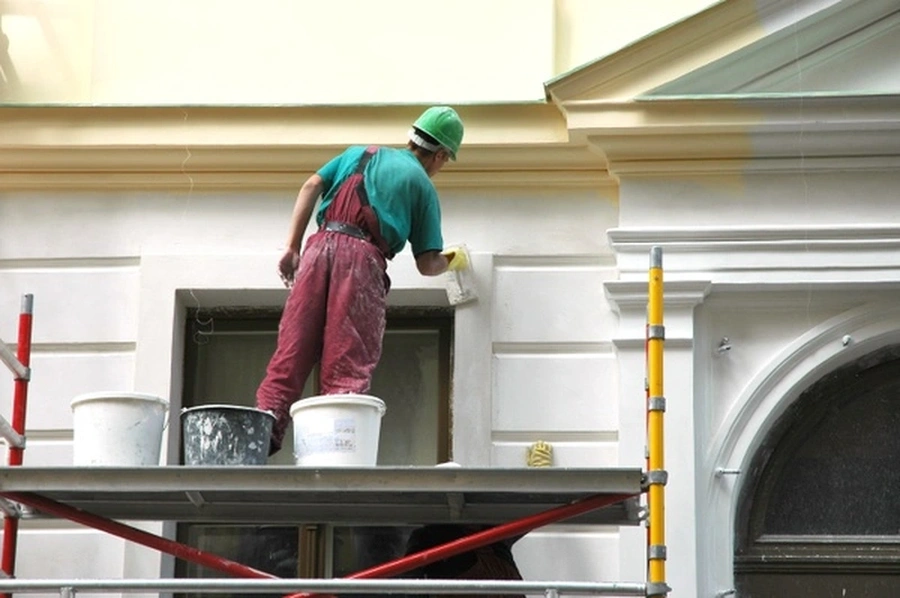Why Preparing Surfaces Matters for a Great Paint Job
When it comes to painting the outside of your home or business, preparation is key. A well-prepared surface ensures that paint adheres properly and lasts longer. Surface preparation involves cleaning, repairing, and priming the area before applying any paint. These steps are crucial for achieving a durable and visually appealing finish. Without proper preparation, even the best paint can peel, crack, or chip prematurely. Let’s explore why investing time in this process makes a significant difference in the overall outcome.

The Role of Cleaning in Surface Preparation
Cleaning is the first step in preparing surfaces for painting. Dirt, dust, and grime can prevent paint from sticking effectively. For exterior painting services, thorough washing removes contaminants that may cause future peeling or flaking. Pressure washing is often used to clean large areas quickly and effectively. It helps eliminate stubborn residues like mold or mildew that can affect the new paint’s appearance and durability.
Repairing Imperfections Before Painting
After cleaning, it’s important to repair any imperfections on the surface. Cracks, holes, or other damages need fixing to create a smooth canvas for painting. This not only improves the final look but also enhances longevity. When hiring experts for exterior painting services, they will fill gaps and sand rough spots, ensuring an even surface that’s ready for priming and painting.
The Importance of Priming Surfaces
Priming is a crucial step in surface preparation. Primer creates a bond between the surface and the paint, enhancing adhesion and coverage. It also seals pores in materials like wood or masonry. By using primer, you can avoid unnecessary coats of paint, saving time and resources. Professionals recommend choosing a primer suited to the material being painted for optimal results.
Benefits of Proper Surface Preparation
Proper surface preparation offers several benefits:
- Improved paint adhesion
- Extended lifespan of paint job
- Avoidance of common issues like peeling or bubbling
- Smoother and more professional-looking finish
- Better protection against weather elements
Challenges Faced Without Adequate Preparation
Skipping surface preparation can lead to various problems over time. Unprepared surfaces may cause the paint to peel or bubble shortly after application. You might notice uneven textures or visible flaws that diminish curb appeal. Additionally, without addressing underlying issues, moisture can seep through cracks, leading to further damage underneath the paint layer.
Practical Tips for Successful Surface Preparation
Here are some practical tips to ensure successful surface preparation:
- Start by thoroughly cleaning the entire area to remove dirt and debris.
- Inspect for any damages or imperfections and repair them promptly.
- Select an appropriate primer based on the surface material.
- Apply primer evenly across all surfaces needing paint.
- Allow sufficient drying time before proceeding with paint application.
Cost Considerations and Long-Term Savings
Investing in proper surface preparation might seem costly upfront but offers long-term savings. By avoiding frequent touch-ups and repaints due to poor adhesion, you save money over time. The initial investment ensures the paint lasts longer and maintains its fresh appearance. Quality preparation prevents hidden costs related to repairing damages caused by inadequate painting jobs.

Your Next Steps Towards Lasting Beauty
To achieve lasting beauty for your property’s exterior, focus on quality surface preparation. Contact Moza LLC at (252) 253-0058 for professional guidance and impeccable service in Greenville, NC. Our experienced team prioritizes every detail to deliver exceptional results you can rely on year after year.
